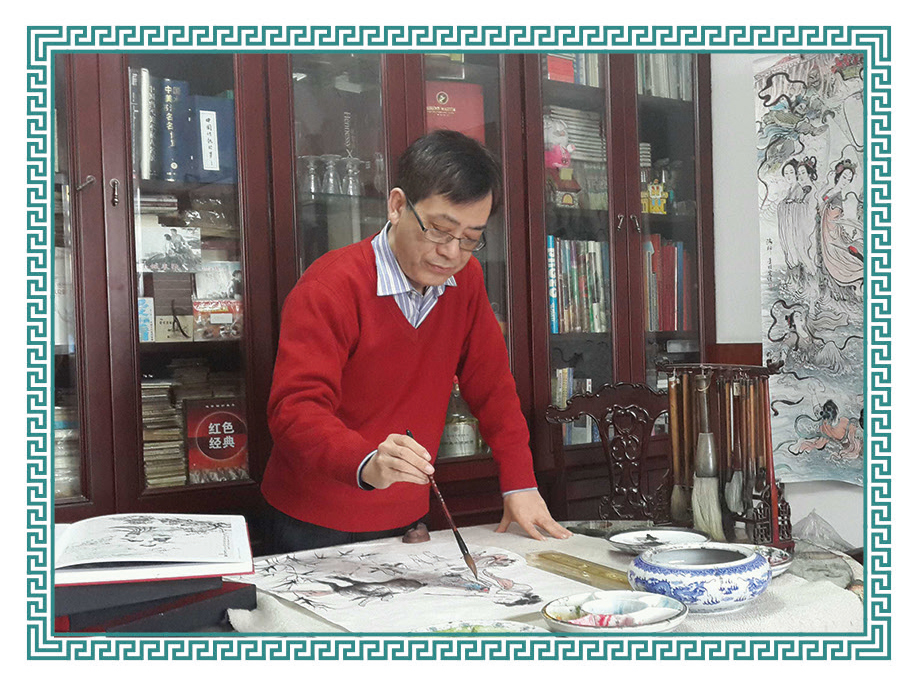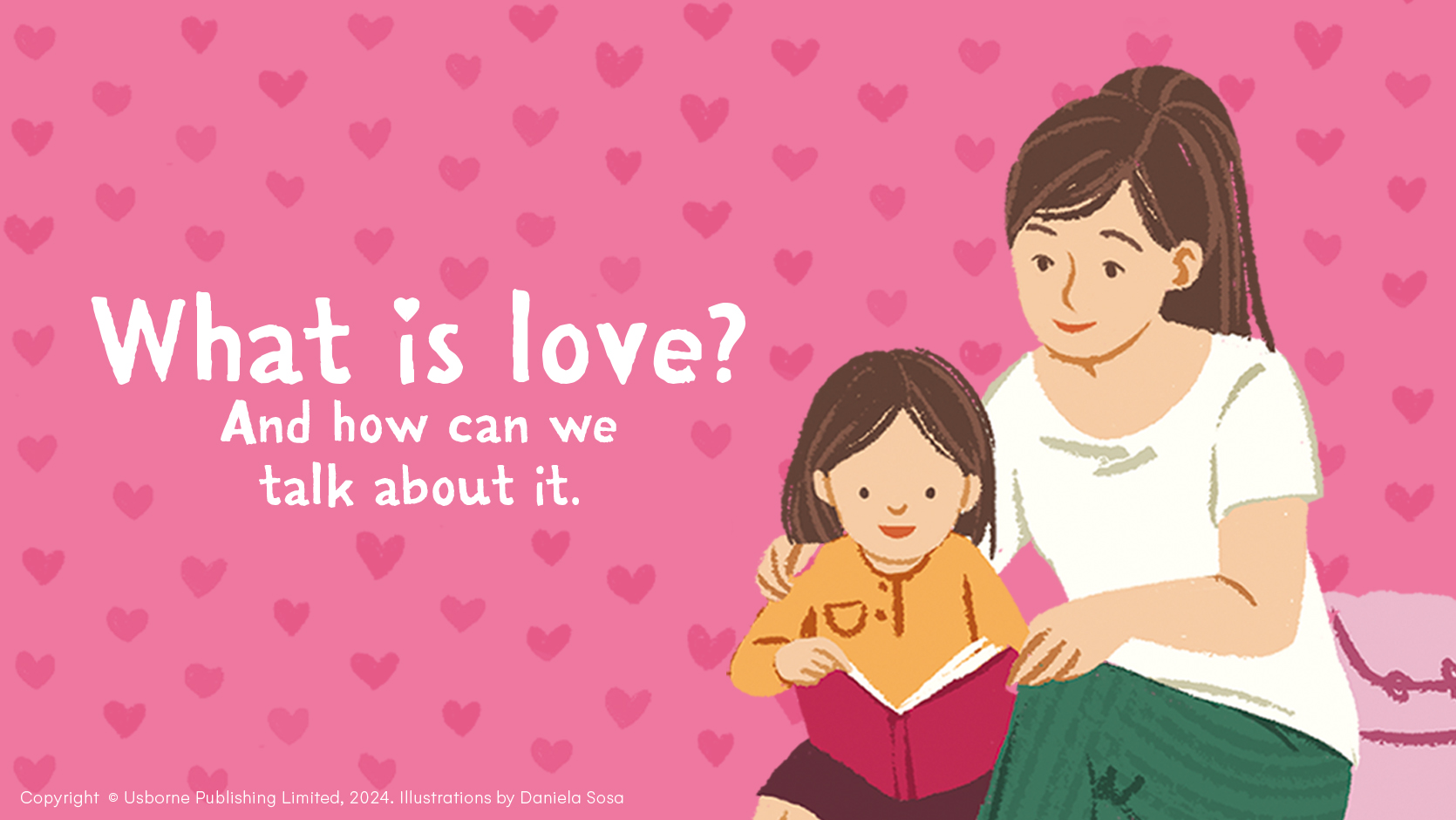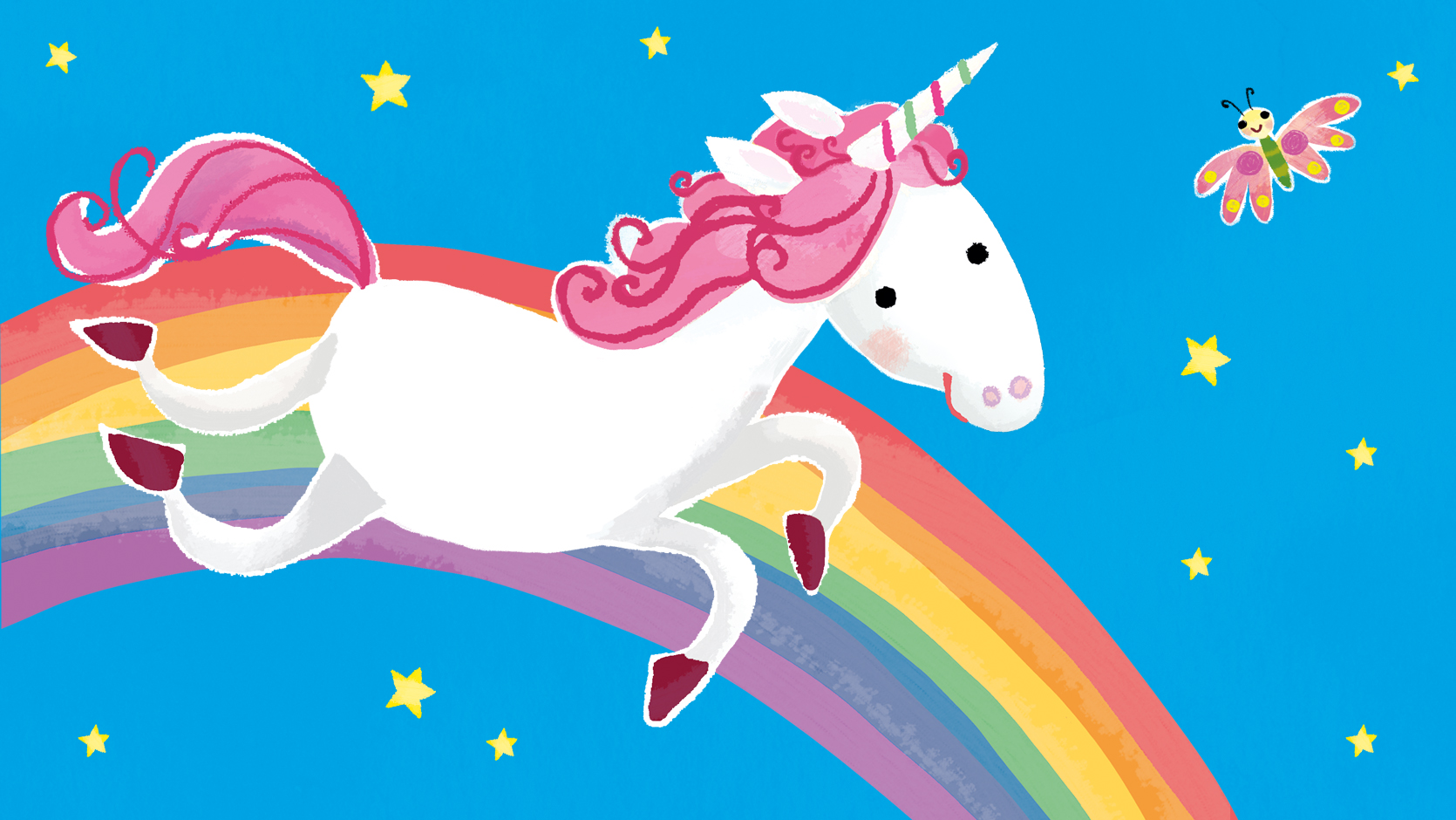- Behind the scenes at Usborne
Classic stories and traditional illustrations from China

China is a huge country, with a very long history and a rich variety of story-telling traditions. Our book Illustrated Stories from China contains a selection of stories from all over China, illustrated in the traditional Chinese style and chosen especially to appeal to readers today.
About the Stories
The stories were originally created for many different reasons. Some were told simply to entertain, but others – such as “The Fox and the Tiger” and “The Frog in the Well” – were meant to teach people something about life.
Sometimes, these stories captured an idea so perfectly that a phrase from them has become an everyday Chinese saying. Some stories grew out of traditional festivals. For example, “The Mouse Wedding” and “The New Year Monster” are both linked to the Chinese New Year (also known as the Spring Festival). In China, this is the biggest celebration of the year, falling sometime around February – the exact date varies, as it depends on the cycles of the moon.

Only a few of the stories can be traced back to an original author. Most folk tales have been told and retold so often, in so many versions, that no one can be sure exactly how they began.
Some old Chinese tales even share elements with old fairy tales told in Europe, showing how wide the influence of popular stories can be – just compare “The Golden Slippers” and “Cinderella,” or “Great-Aunt Tiger” and “Little Red Riding Hood.” These stories continue the tradition of retellings, bringing the stories to a new audience in China and around the world.
About the illustrations
The illustrations for Illustrated Stories from China were painted in the traditional Chinese way, using a traditional-style brush and inks – the same materials you can see in the picture of the artist Li Weiding below, who sadly passed away in 2018 after working on this book. Chinese artists have been making paintings in this way for over two thousand years.
Chinese paintings are made quickly, with flowing hand movements, using a round brush dipped in watery ink. The finest, most delicate details are drawn in last, using only the very tip of the brush. Before paper was invented, artists painted on silk; nowadays, either paper or silk is used.

It takes great skill and years of study to perfect this way of painting. Chinese artists spend hours perfecting the precise brush movements needed to create each different shape and effect. Every movement has its own particular use – for example, when painting bamboo, a sideways dab with the bristles creates a neat leaf shape, while a quick flick makes a tapering stem.
The illustrator of this book, Li Weiding, was a famous artist and a professor of art in Shanghai, China. As deputy director of the Wen Hui Art Institute and honorary director of the Fenghua Calligraphy and Painting Institute, he became known throughout China for his skill and dedication to traditional Chinese painting.

Li Weiding (1958-2018), illustrator of Illustrated Stories From China
Illustrated Stories from China is out now.
Visit Usborne Quicklinks for links to carefully selected websites where you can watch a demonstration of Chinese brush painting and listen to more retellings of traditional stories from China.





